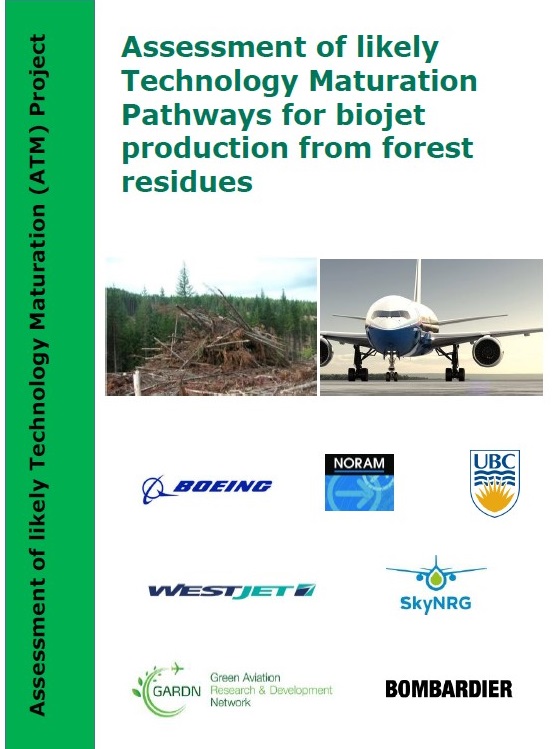Assessment of likely technology maturation pathways for biojet production from forest residues
 Limiting and reducing aviation greenhouse gas (GHG) emissions is a key objective of the aviation industry, who have adopted environmental targets to reduce GHG emissions with the achievement of carbon neutral growth from 2020 and reducing its carbon emissions by 50 per cent by 2050 compared to 2005 levels. Significant progress has been made to reduce emissions through greater fuel efficiency including engineering improvements, technology enhancements, and advanced operations (including efficiency improvements in air traffic management). These improvements will continue to play a major role towards the carbon emissions reduction target, however they are not sufficient in the context of growing air traffic. The use of biojet fuels1 are therefore critical to reach the targets.
Limiting and reducing aviation greenhouse gas (GHG) emissions is a key objective of the aviation industry, who have adopted environmental targets to reduce GHG emissions with the achievement of carbon neutral growth from 2020 and reducing its carbon emissions by 50 per cent by 2050 compared to 2005 levels. Significant progress has been made to reduce emissions through greater fuel efficiency including engineering improvements, technology enhancements, and advanced operations (including efficiency improvements in air traffic management). These improvements will continue to play a major role towards the carbon emissions reduction target, however they are not sufficient in the context of growing air traffic. The use of biojet fuels1 are therefore critical to reach the targets.
Based on work carried out within the International Energy Agency Bioenergy Task 39 on Liquid Biofuels (Karatzos et al. 2014), thermochemical technologies, based on gasification or liquefaction of biomass, have been identified as the most likely to produce high volumes of sustainable and competitive drop-in biofuels, including biojet.
Click here to read the full document.